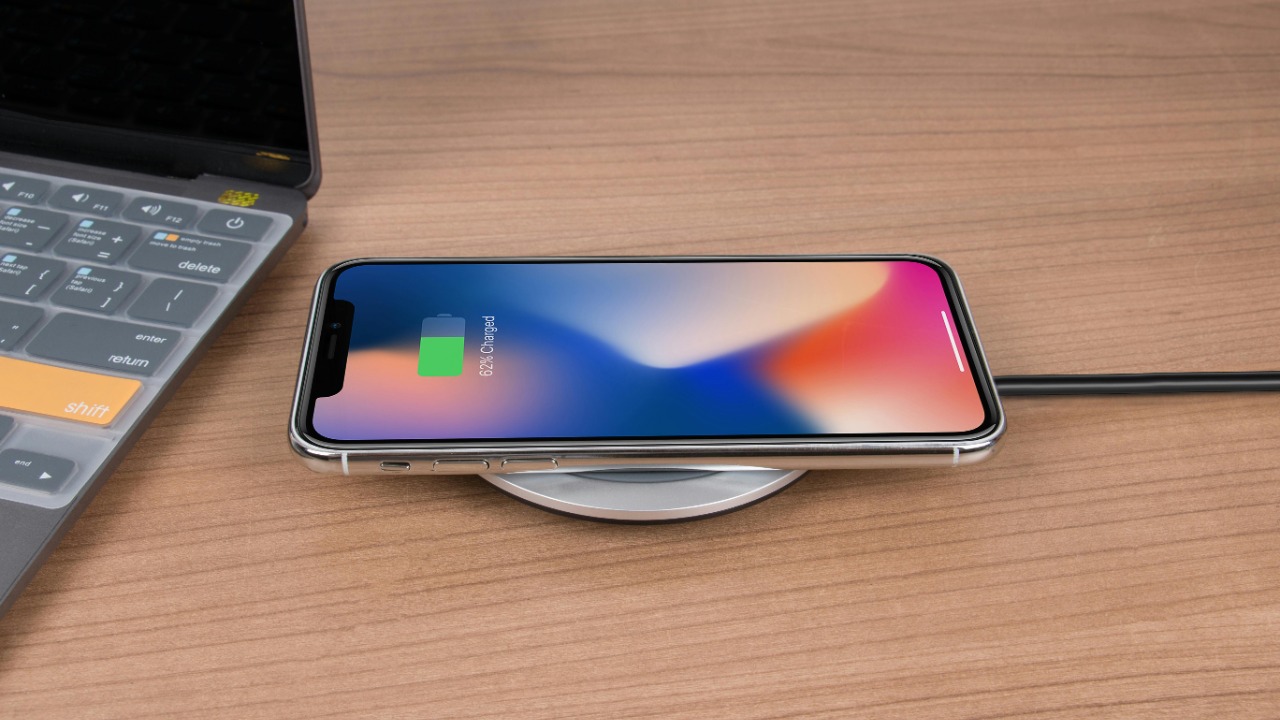
Ever since Apple introduced the Optimized Battery Charging feature in iOS 13 back in 2019, there’s been a lot of buzz about the 20-80 charging rule for iPhones. This rule suggests that keeping your iPhone’s battery charge between 20% and 80% can significantly extend its lifespan. But how effective is this rule really? Let’s dive into the science behind it.
Understanding the 20-80 Rule
The 20-80 charging guideline for lithium-ion batteries, like those in iPhones, originates from the chemical stress that occurs on the anode and cathode during full charges. This stress can lead to battery degradation over time, as detailed in a 2018 report by the U.S. Department of Energy. The rule advises against charging your iPhone below 20% to prevent deep discharge damage and above 80% to minimize voltage stress.
Apple has implemented this rule in its devices through features like Low Power Mode, which activates when your iPhone’s battery level drops to 20%. Battery researchers at MIT have also found that partial charging cycles can reduce heat buildup, a key factor in iPhone battery degradation observed in models from iPhone 6 onward.
Apple’s Implementation of Optimized Charging
Apple’s Optimized Battery Charging feature, rolled out in iOS 13 on September 19, 2019, learns your daily routines to hold the charge at 80% until it’s needed. This feature can preserve up to 20% more battery health after 80% of maximum cycle life, according to Apple’s 2022 testing. To enable this feature, you need to go to Settings > Battery > Battery Health & Charging.
A 2023 survey by Consumer Reports of 5,000 iPhone 14 owners found that those who enabled this feature experienced 15% less degradation after one year compared to those who didn’t. However, the feature does have its limitations. For instance, it relies on consistent charging patterns, which may not work for people with irregular schedules. This can lead to full 100% charges and potential 10-15% faster wear, as noted in Apple’s own battery service guidelines.
Scientific Evidence on Battery Longevity
A 2020 study by researchers at Dalhousie University tested 100 iPhone-like lithium-ion cells and found that 20-80% charging extended the usable life from 300 to over 1,000 cycles with only 10% capacity loss, compared to 25% for full cycles. Temperature also plays a significant role in battery longevity. A 2022 paper in Nature Energy showed that iPhones charged to 80% at room temperature (25°C) retain 90% capacity after 500 cycles, dropping to 70% if charged to 100% above 35°C.
Real-world data from iFixit teardowns of 200 used iPhones found that devices following the 20-80 rule averaged 85% health after two years, compared to 65% for those routinely fully charged.
Factors Influencing iPhone Battery Health Beyond Charging
Other factors also influence iPhone battery health. For instance, Apple rates iPhone batteries for 500 full cycles before dropping to 80% capacity. However, partial 20-80 cycles effectively double this to 1,000 equivalent cycles, according to a 2021 analysis of iPhone XS batteries by IEEE Spectrum.
Environmental impacts also play a role. A 2019 study by the University of Michigan revealed that iPhones in hot climates (above 30°C) lose 20% more capacity annually if not limited to 80%. Software optimizations, like iOS 17’s adaptive charging introduced in 2023, can also help. This feature adjusts based on usage and reduced background drain by 12% in tests on iPhone 15, according to 9to5Mac.
Practical Tips for iPhone Users
You can monitor your iPhone’s battery health via Settings > Battery > Battery Health. If the maximum capacity is below 80% after one year, it’s a signal that you need to adhere to the 20-80 rule, as advised in Apple’s 2023 battery tips. Third-party apps like Battery Life can also help track your charging cycles. User reports indicate a 10-15% health improvement after switching to 20-80 habits on iPhone 12 models.
It’s also important to debunk common myths. For instance, overnight charging is not harmless. A 2022 test by Wirecutter showed that it accelerates degradation by 18% over six months compared to timed 80% stops.
More from MorningOverview